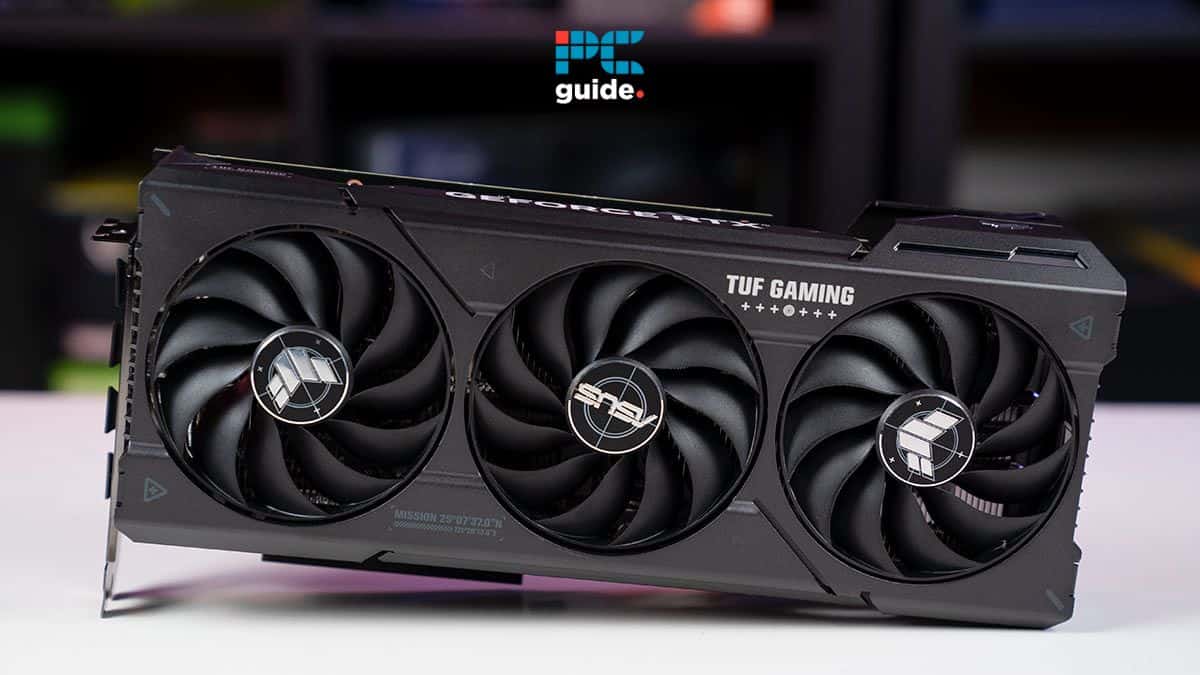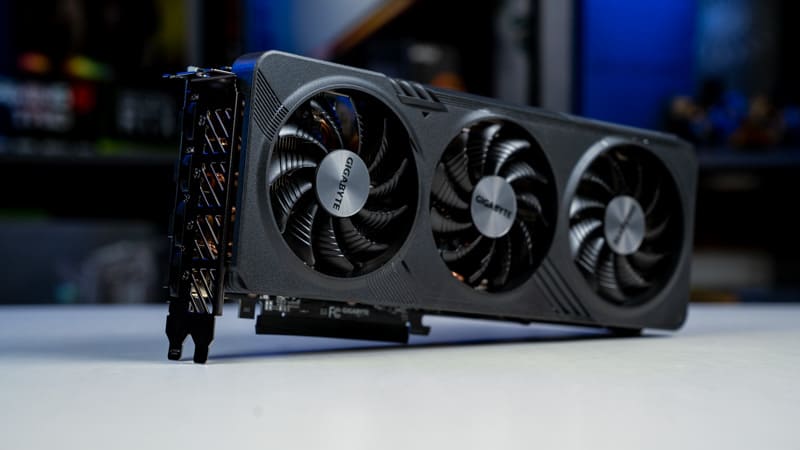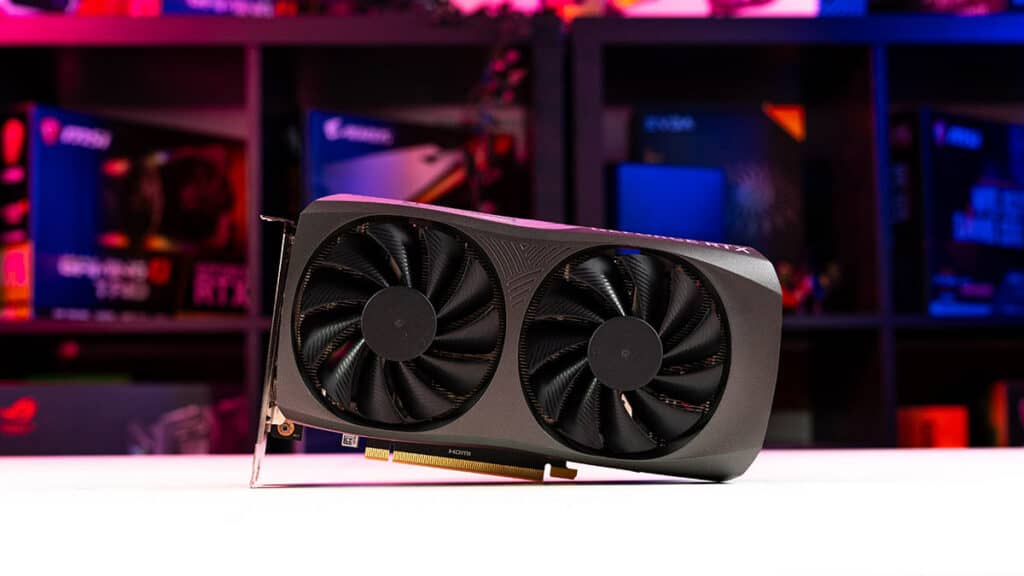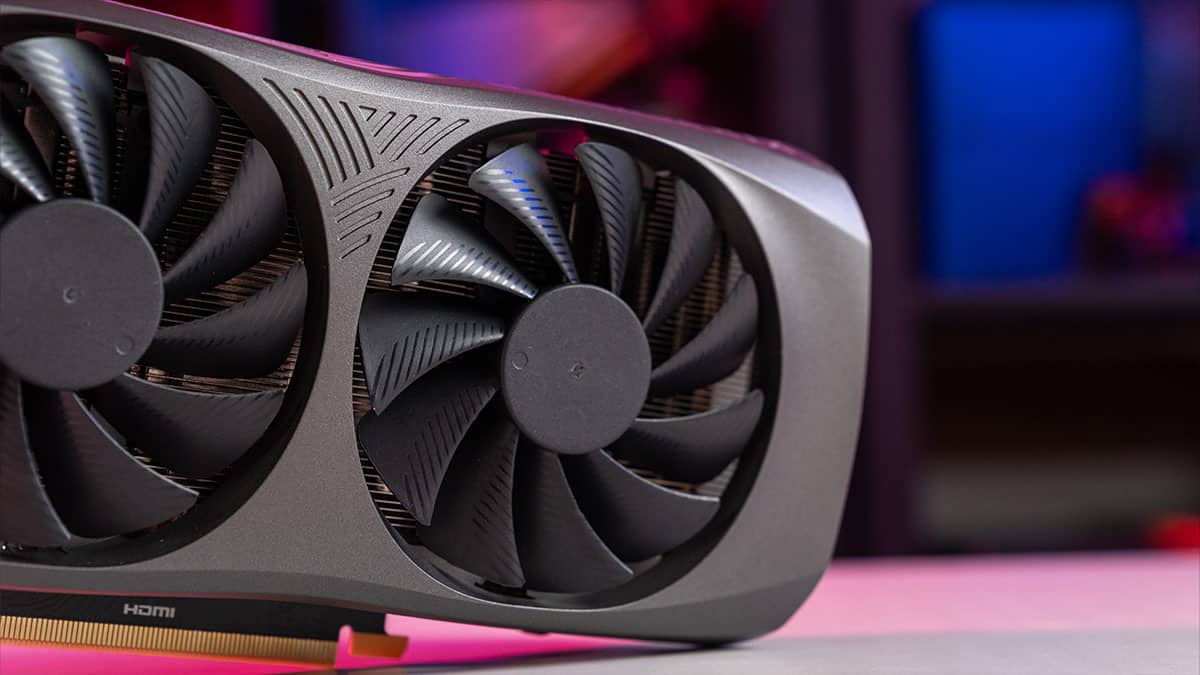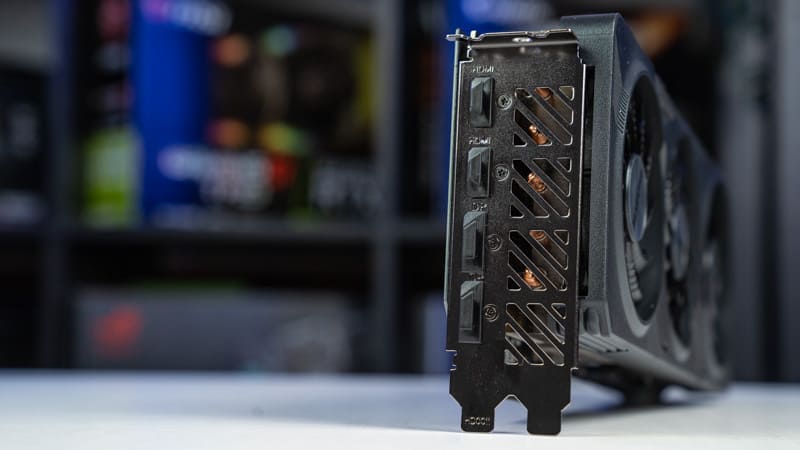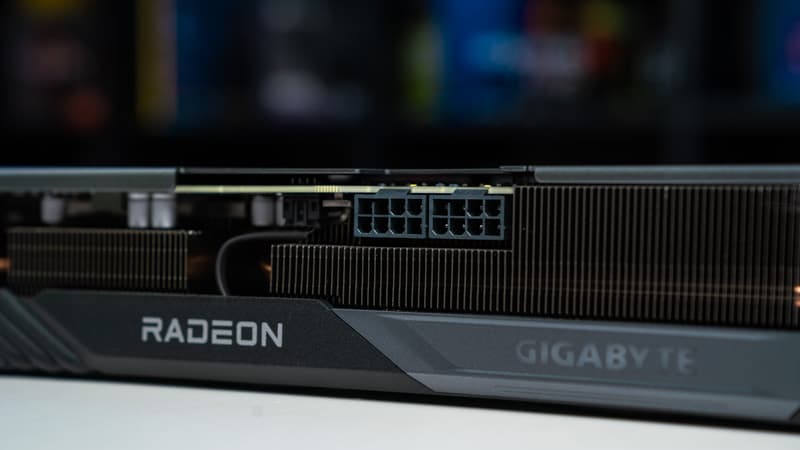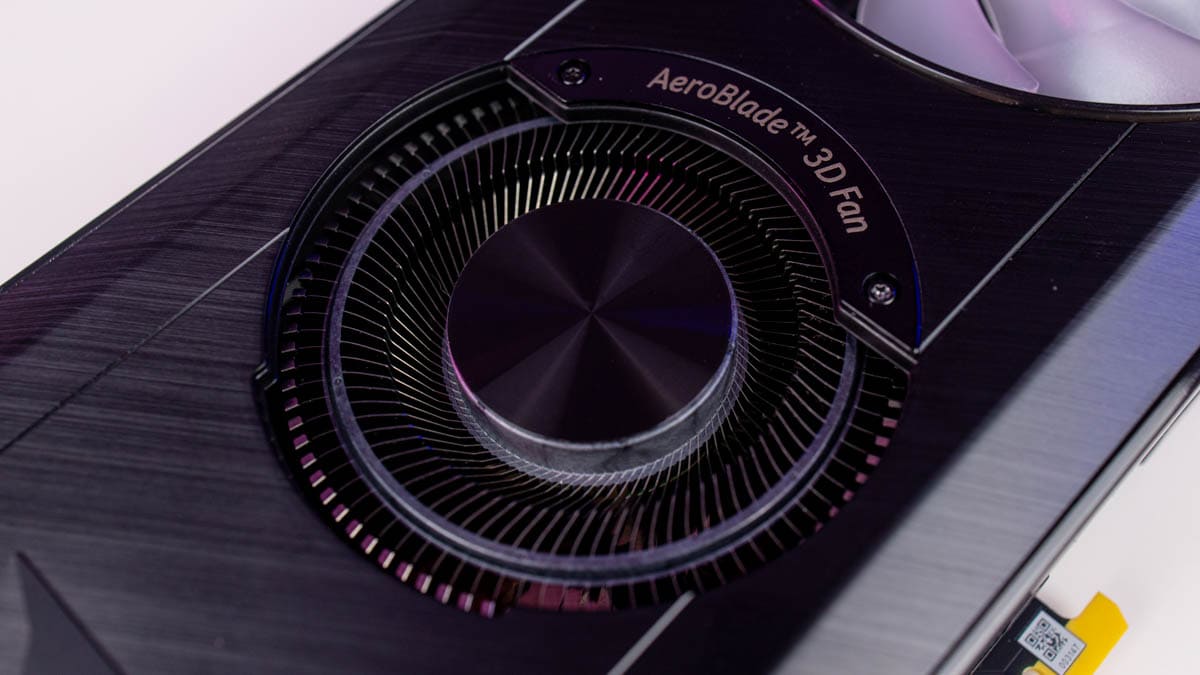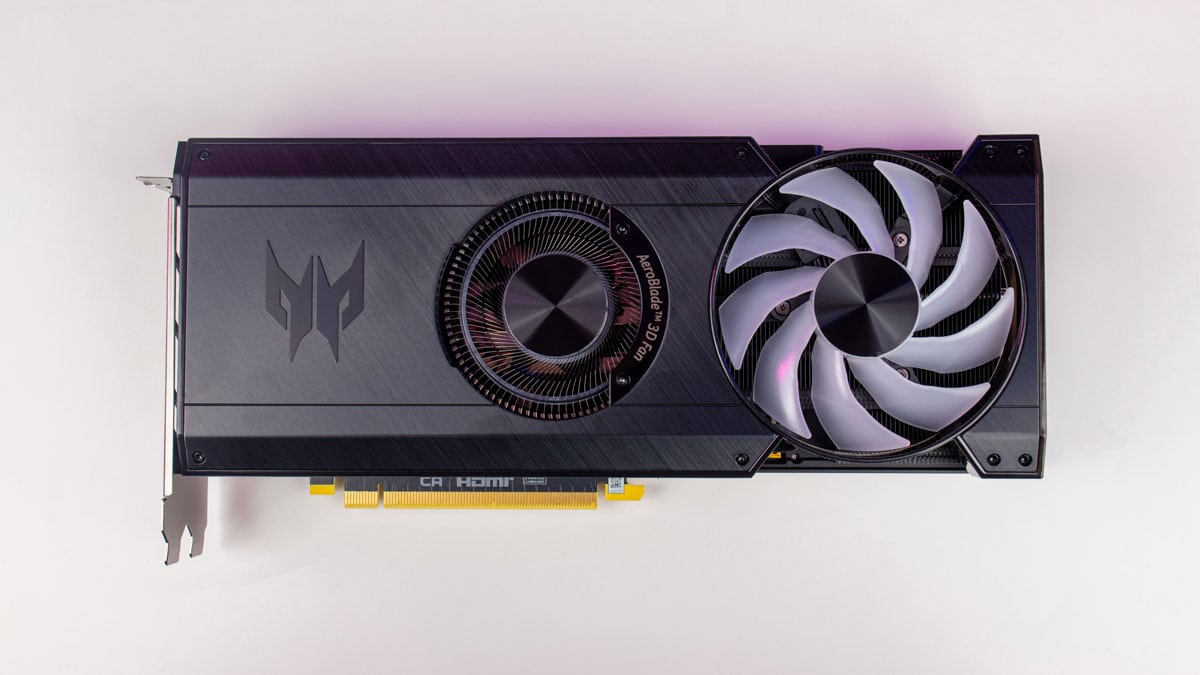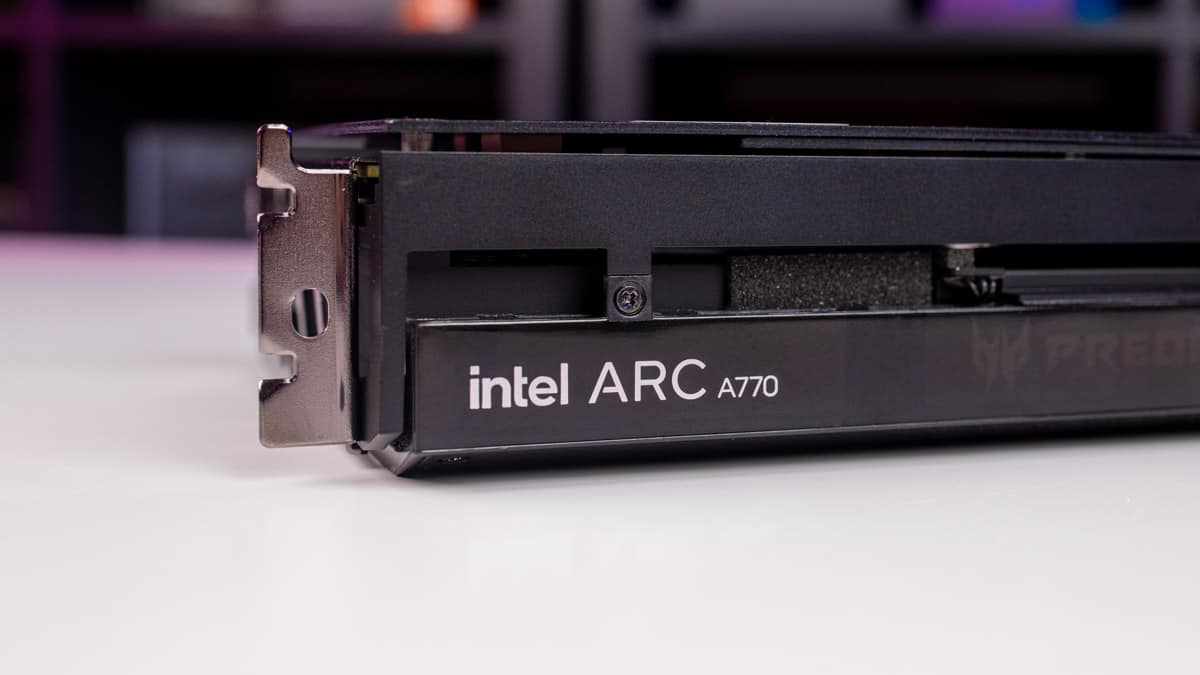Last Updated on
If you are looking for the best GPU for under $400, then we have you covered right here. Now, with a $400 budget, you’re looking at options from the latest GPU generations by Nvidia, AMD, and Intel. As you can guess, these are entry-level to mid-range picks that you can get for under $400 and build a mid-range PC with it.
With any of these picks, you should be able to game at 1080p and good refresh rates. Some newer cards, like the RTX 4060 Ti, also allow you to play 1440p games at decent framerates. And with some options like the RX 7700 XT, you can also play well-optimized 4K titles – provided you have a strong PC. With that being said, we have researched, reviewed, and picked what we think are the best GPUs for under 400 dollars. For more, we also recommend checking out the best graphics cards overall.
-
Best GPU Under $400
Zotac Gaming RTX 4060 Ti Twin Edge OC
- GPU: AD106
- CUDA cores: 4,352
- VRAM: 8GB / 16GB GDDR6
- Bandwidth: 288.0 GB/s
- Memory bus width: 128-bit
- Base clock speed: 2310 MHz

-
Best AMD GPU Under $400
Gigabyte Radeon RX 7600 XT OC
- GPU: Navi 33
- Stream Processors: 2,048
- VRAM: 16GB GDDR6
- Bandwidth: 288.0 GB/s
- Memory bus width: 128-bit
- Base clock speed: 2029 MHz
-
Best Intel GPU Under $400
Acer Predator BiFrost Intel Arc A770 OC
- GPU: DG2-512
- GPU cores: 4,096
- VRAM: 16GB GDDR6
- Memory bus width: 256-bit
- Base clock speed: 2100 MHz
- Boost clock speed: 2400 MHz
-
Best Previous-Gen GPU Under $400
MSI RTX 3070 Gaming X Trio
- GPU: GA104
- CUDA cores: 5,888
- VRAM: 8GB GDDR6
- Memory bus width: 256-bit
- Base clock speed: 1500 MHz
- Boost clock speed: 1725 MHz
Decide between buying new or previous-generation
If you’re weighing up a GPU under $400 then you can either buy a mainstream option that’s the latest of its generation or a previous-generation mid-range graphics card instead. That’s why we’ve made our choices you’ll find below.
How we chose the best GPUs under $400
We’ve made our choices for the best GPUs under $400 based on our own in-house testing as we’ve used every model you’ll find in this list. We want you to be informed as graphics cards are an investment and we strongly recommend reading the full reviews linked below, too. You can find out how we test GPUs for a thorough rundown.

- GPU: AD106
- CUDA cores: 4,352
- VRAM: 8GB / 16GB GDDR6
- Bandwidth: 288.0 GB/s
- Memory bus width: 128-bit
- Base clock speed: 2310 MHz
- Boost clock speed: 2550 MHz
The Nvidia RTX 4060 Ti 8GB is an excellent graphics card for gaming at the $399 (or below) mark, which features powerful performance in 1080p and 1440p even when using ray tracing.
- You want strong ray tracing
- You want to max out 1080p and 1440p
- You want to use Frame Generation
- You primarily want to game in 4K
- You want more VRAM overhead
The Nvidia RTX 4060 Ti is our number-one pick for the best GPU under $400 and it’s clear to see why. Coming in at $399, this bang-for-your-buck graphics card excels in the mainstream market with its 8GB GDDR6 VRAM, utilization of DLSS 3 Frame Generation, and enough hardware under the hood for high-end 1080p and fast refresh rates in 1440p, too. This is due to the 4,352 CUDA cores and a 128-bit memory bus making the most of the AD106 die.
The Nvidia RTX 4060 Ti excels across the board in 1080p and 1440p with some impressive figures
Nvidia RTX 4060 Ti review – PC Guide
In our testing, we found that the RTX 4060 Ti lived up to its promise of providing 60fps or above in 1080p and 1440p in games with a couple of minor exceptions. Some titles such as Doom Eternal, The Finals, and CS2 were even capable of outputting in over 100fps in 1440p which is incredibly impressive for an entry-level GPU. The one thing you won’t be able to achieve with this card is 4K as it’s just not powerful enough to do it, nor are any other video cards in this price range. Our full RTX 4060 Ti review goes over all the details.
- GPU: Navi 33
- Stream Processors: 2,048
- VRAM: 16GB GDDR6
- Bandwidth: 288.0 GB/s
- Memory bus width: 128-bit
- Base clock speed: 2029 MHz
- Boost clock speed: 2539 MHz
The AMD Radeon RX 7600 XT features double the VRAM of its predecessor with a ton of overhead for pushing games in 1080p and 1440p. However, for the best experience, you’re going to want to use FSR and Fluid Motion Frames where possible.
- You want VRAM overhead
- You want a fast GPU for gaming
- You want to use Fluid Motion Frames
- You want to play in 4K
- You can find the RX 7800 XT for a similar price
In terms of the best AMD GPU under $400, none come quite as close as the AMD RX 7600 XT with its 16GB GDDR6 VRAM, lightning-fast clock speeds, and strong performance in both 1080p and 1440p with impressive results. It’s far from a powerhouse component, but for most people, it will offer an aggressive price-to-performance ratio that flagship RDNA 3 models can’t quite match up to.
The AMD RX 7600 XT holds up well in 1080p and can offer decent native 1440p performance
While the native performance largely achieves framerates around the 60fps mark in 1440p, you’re going to want to utilize FSR and Fluid Motion Frames (frame generation) to have the best and smoothest experience. Some titles were stronger than others and the 16GB GDDR6 provides enough overhead for the future even though few games can take advantage just yet. You shouldn’t run into any bottlenecking issues for a long time to come. Our full RX 7600 XT review goes over all the specifics.
The Intel Arc A770 features a ton of VRAM and a massive bandwidth which means you should be able to push games in both target resolutions, but older PC games may not play too nice.
- You want 16GB VRAM
- You want a fast GPU for 1080p and 1440p
- High bandwidth is a must
- You want to play older games
- You want to go with a more established brand
While AMD and Nvidia have led the charge in the mainstream market for many years, Intel has come in to disrupt with its flagship offering from the Alchemist lineup, the Arc A770. It features 16GB GDDR6 VRAM and a large 256-bit memory bus width for a larger 512GB/sec bandwidth than what we typically see from budget GPUs. In terms of performance, it’s just about on par with its competition above when running natively, but is bolstered by Intel XeSS AI upscaling for far greater performance, too.
While the Intel Arc A770 is far from a powerhouse graphics card, it offers excellent performance in 1080p with strong figures in 1440p
Intel Arc A770 review – PC Guide
In our testing, we noted strong performance in games such as Cyberpunk 2077 and synthetic performance in 3DMark. For newer games, you shouldn’t encounter any driver issues but older titles may have some level of compatibility to work through. Things have greatly improved over the last year so your mileage is going to vary. We didn’t run into issues ourselves, but that’s why we’ve positioned Intel’s option below AMD and Nvidia in this instance. If you want higher bandwidth and overhead, it could do, our full Intel Arc A770 review goes over all you need to know.
- GPU: GA104
- CUDA cores: 5,888
- VRAM: 8GB GDDR6
- Memory bus width: 256-bit
- Base clock speed: 1500 MHz
- Boost clock speed: 1725 MHz
- Bandwidth: 448 GB/sec
The Nvidia RTX 3070 is an older graphics card but it still excels in 1080p and 1440p with even some 4K applications natively, and further bolstered by DLSS for higher framerates, so long as you aren’t going to miss Frame Generation.
- You want a powerful 1440p graphics card
- Bandwidth overhead is a must
- You aren’t fussed about Frame Generation
- Frame Generation is a must
- You want stronger 4K performance
The Nvidia RTX 3070 may be creeping up on four years old but time hasn’t slowed the Ampere mid-range offering down at all, thanks to its high memory bus, 5,888 CUDA cores, and respectable 8GB GDDR6 VRAM. Unlike the other models on this list, the RTX 3070 is capable of 4K gaming at 60fps provided you utilize DLSS. Speaking of which, this older model has no support for DLSS 3’s Frame Generation so you’re more beholden to the older tech and its higher native performance.
The RTX 3070 is closing in on four years old but the performance capabilities are still as strong as ever
Nvidia RTX 3070 review – PC Guide
In our Nvidia RTX 3070 review, we found that the mid-range Ampere GPU was able to do just shy of 100fps in Cyberpunk 2077 in 1080p and just above 60fps in 1440p, which hovered around the 30fps mark in native 4K. While more than playable, you’re going to want to utilize AI upscaling when gaming in 2160p. Synthetic performance through 3DMark is comparable to the newer RTX 4070 albeit at a much cheaper price point.
While this GPU originally debuted at $499, it’s now available through retailers such as Amazon and Newegg available at the $399 mark and below which offers some serious value for money considering the performance on display. If you can live without the more modern implementations then this older model holds up.
How to pick the best GPU under $400
When considering the best graphics card under $400, here are a few things you might want to consider:
Compatibility
Before you get a new GPU, you should ensure that the graphics card is compatible with the rest of your system. You should check if the card fits in with your motherboard and has a PSU that would supply enough power. Further, you should check if the graphics card you are considering buying is compatible with your CPU. If the CPU doesn’t have enough power, it will cause bottlenecks.
Memory configuration
Now, for gaming, you’d need at least 8GB of VRAM, so keep that in mind while looking for graphic cards. And, of course, the more VRAM, the better the performance will be – especially if you play or run resource-intensive games and apps. Along with this, you’d also want your new GPU to have a wide memory bus to ensure faster transmission of data.
Additional features
Apart from the specs, you might also want to look at the additional features that NVIDIA and AMD GPUs have. For instance, NVIDIA offers DLSS, advanced ray tracing, NVIDIA Ansel, Studio, and many more features for gamers and creators. AMD also offers similar features like FSR, Fidelity, and more.
Architecture
Whether you’re considering an Nvidia GeForce RTX, Intel Arc, or AMD Radeon GPU for your gaming PC you’ll need to be aware of the architecture behind the GPUs. For the former, that’s either going to be Ada or Ampere, with AMD running on RDNA 3, and the latter running on Xe-HPG. We’ve decided to move away from GeForce GTX options as the Maxwell and Turing architecture just isn’t powerful enough for the demands of today’s games.
What can I expect from a GPU under $400?
A graphics card under $400 is capable of top-end 1080p and 1440p gaming performance with real-time ray tracing enabled but 4K may be outside of its remit unless you buy an older GPU at a discounted rate as is mentioned in our buying guide.
Will a graphics card under $400 be good for the future?
Generally speaking, a graphics card available under the $400 mark will be good for the next two years or so before an upgrade will be due, this is because of lower bandwidths than flagship options and smaller memory pools.


